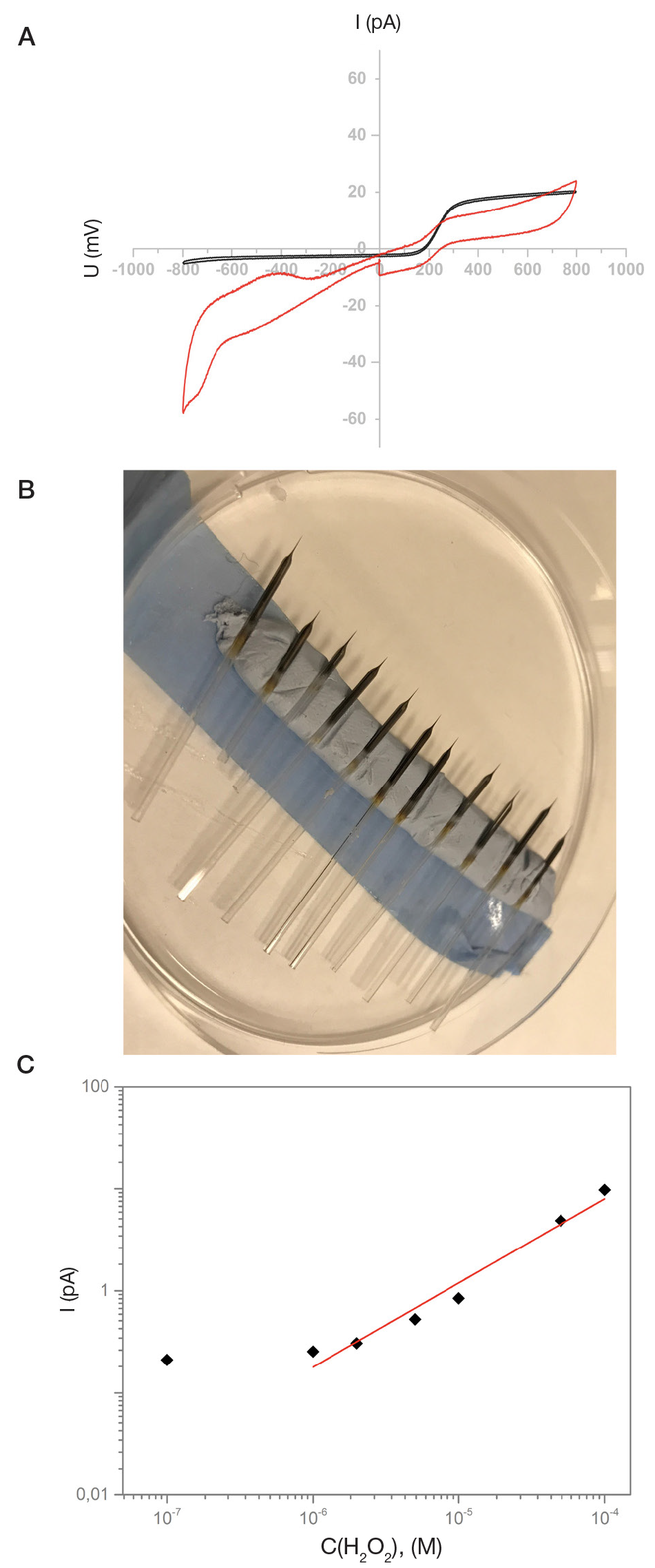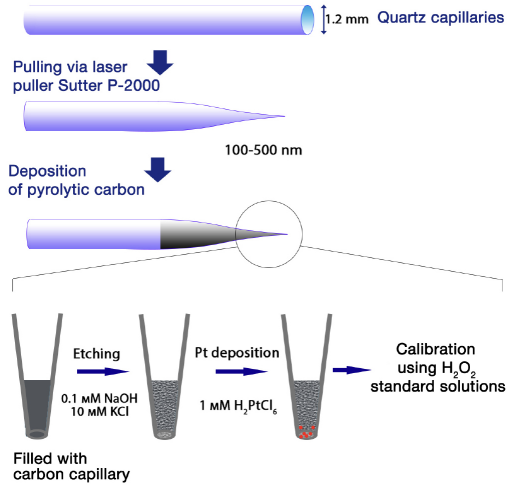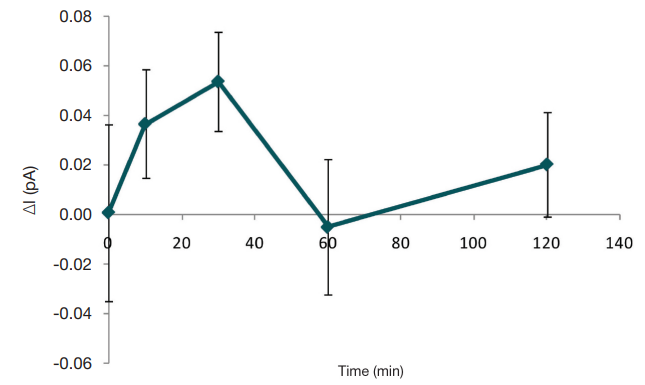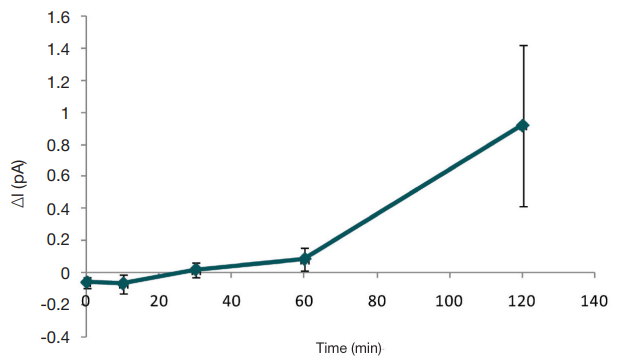
This article is an open access article distributed under the terms and conditions of the Creative Commons Attribution license (CC BY).
ORIGINAL RESEARCH
Detecting reactive oxygen species in biological fluids by platinum nanoelectrode applying amperometric method
1 Lomonosov Moscow State University, Moscow
2 National University of Science and Technology "MISiS", Moscow
3 Medical Nanotechnology LLC, Moscow
4 Helmholtz Institute of Ophthalmology, Moscow
5 Mendeleyev University of Chemical Technology of Russia, Moscow
6 Department of Medicine, Imperial College London, London, United Kingdom
7 WPI Nano Life Science Institute (WPI-NanoLSI), Kanazawa University, Kanazawa, Japan
Correspondence should be addressed: Alexander N. Vaneev
Leninskie gory, 1 bl. 11B, Moscow, 119991; moc.liamg@rdnaskela.veenav
Funding: the study was supported by the Ministry of Education and Science of the Russian Federation in the context of the Agreement # 14.575.21.0147 (project ID RFMEFI57517X0147).




